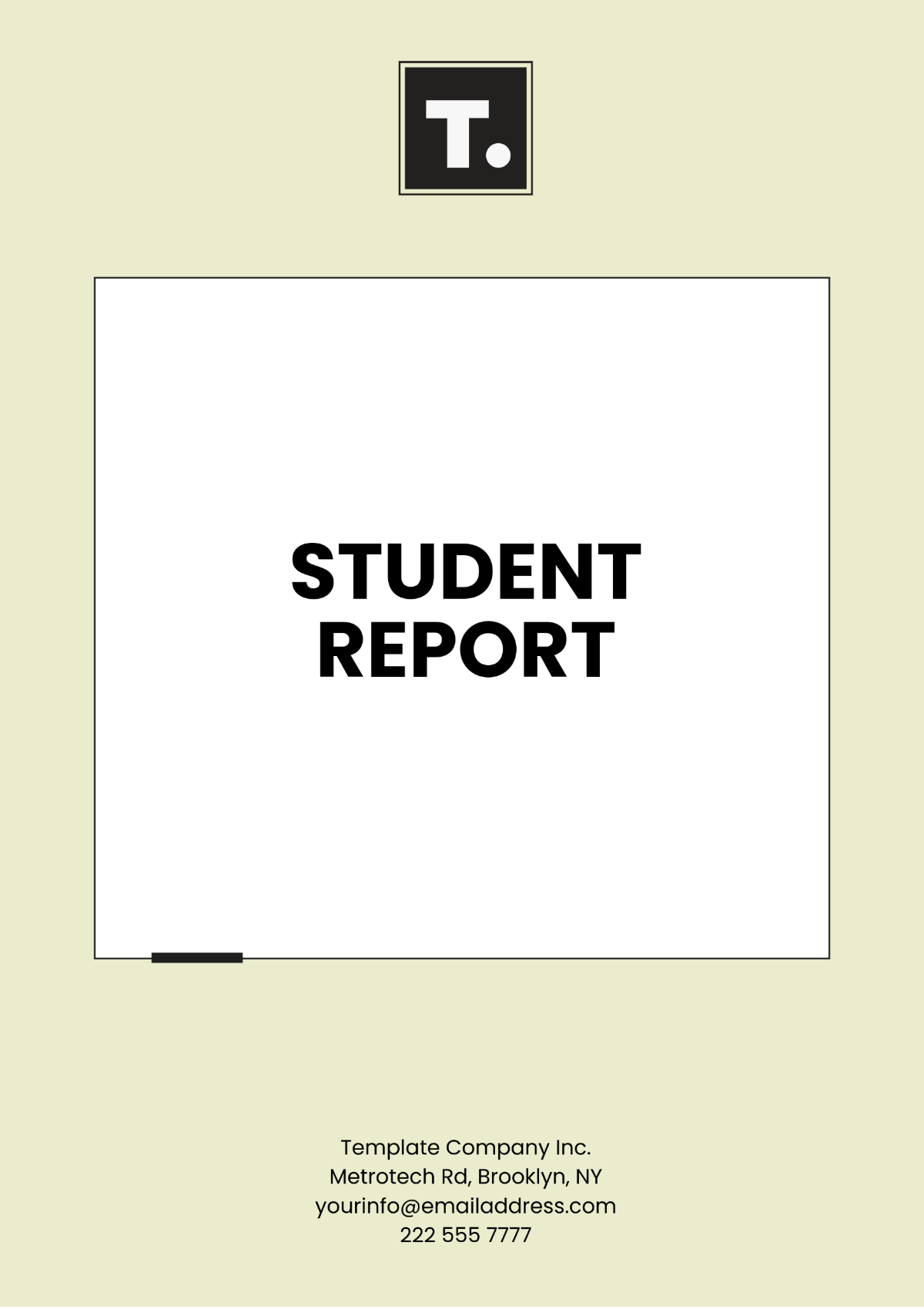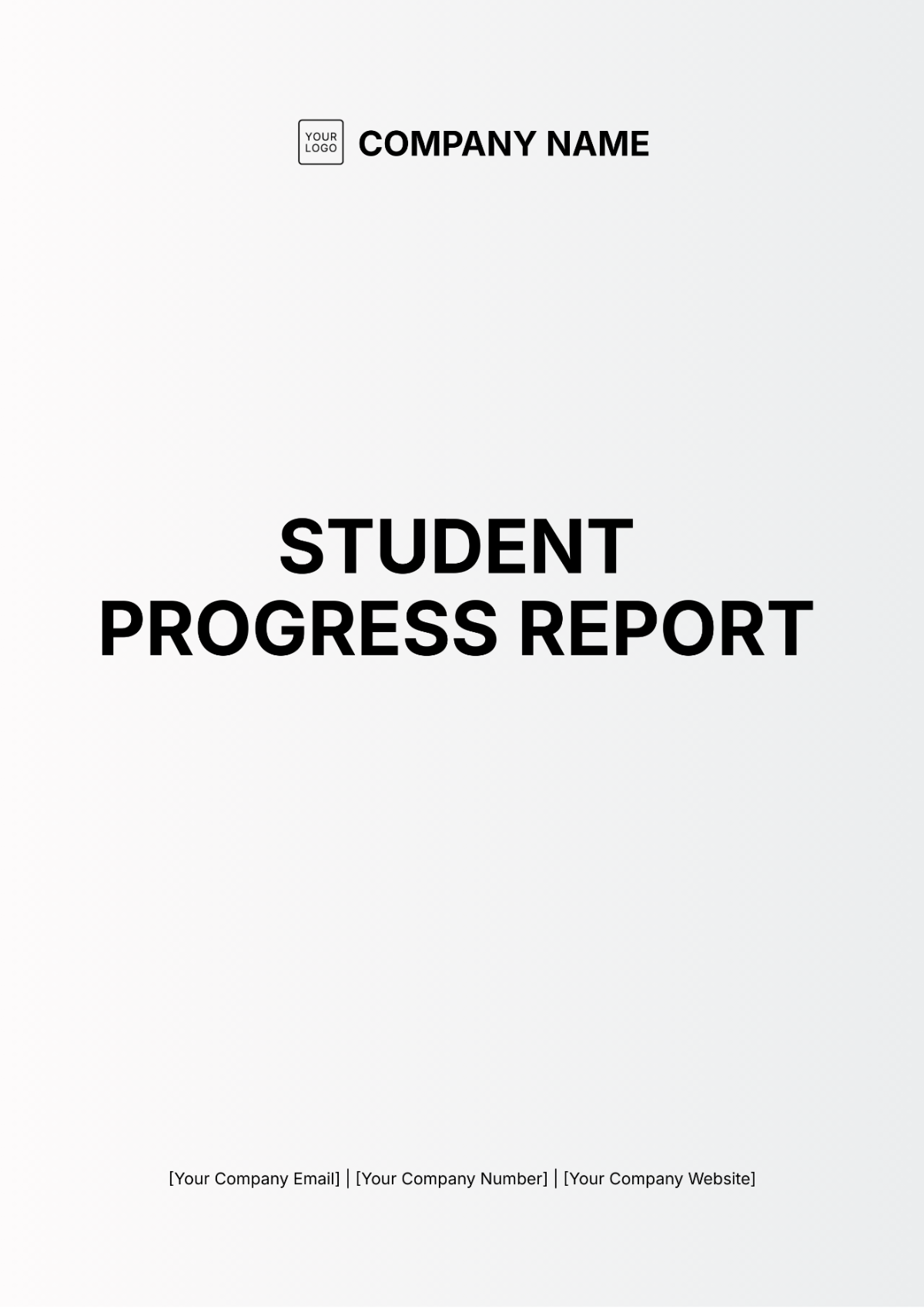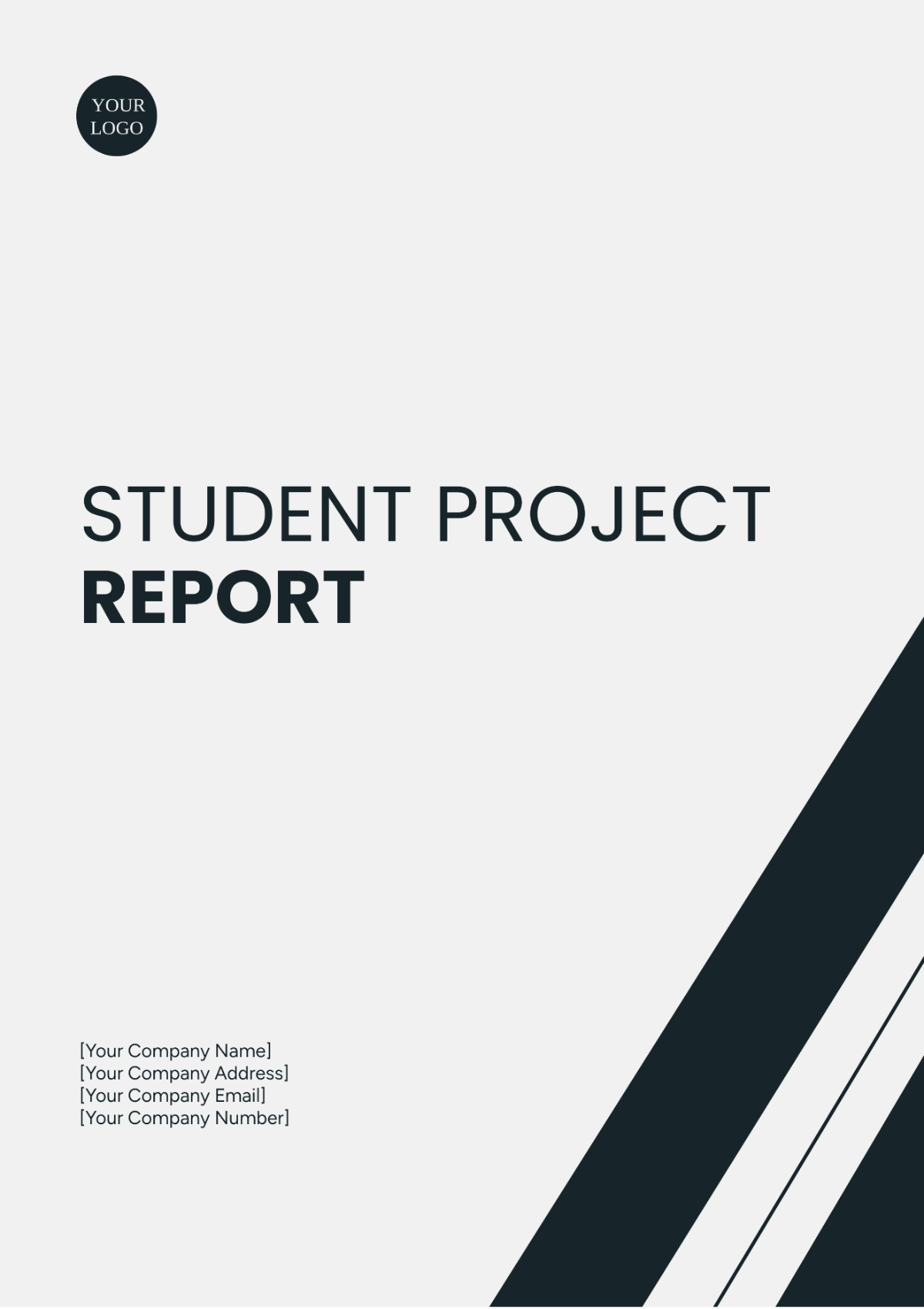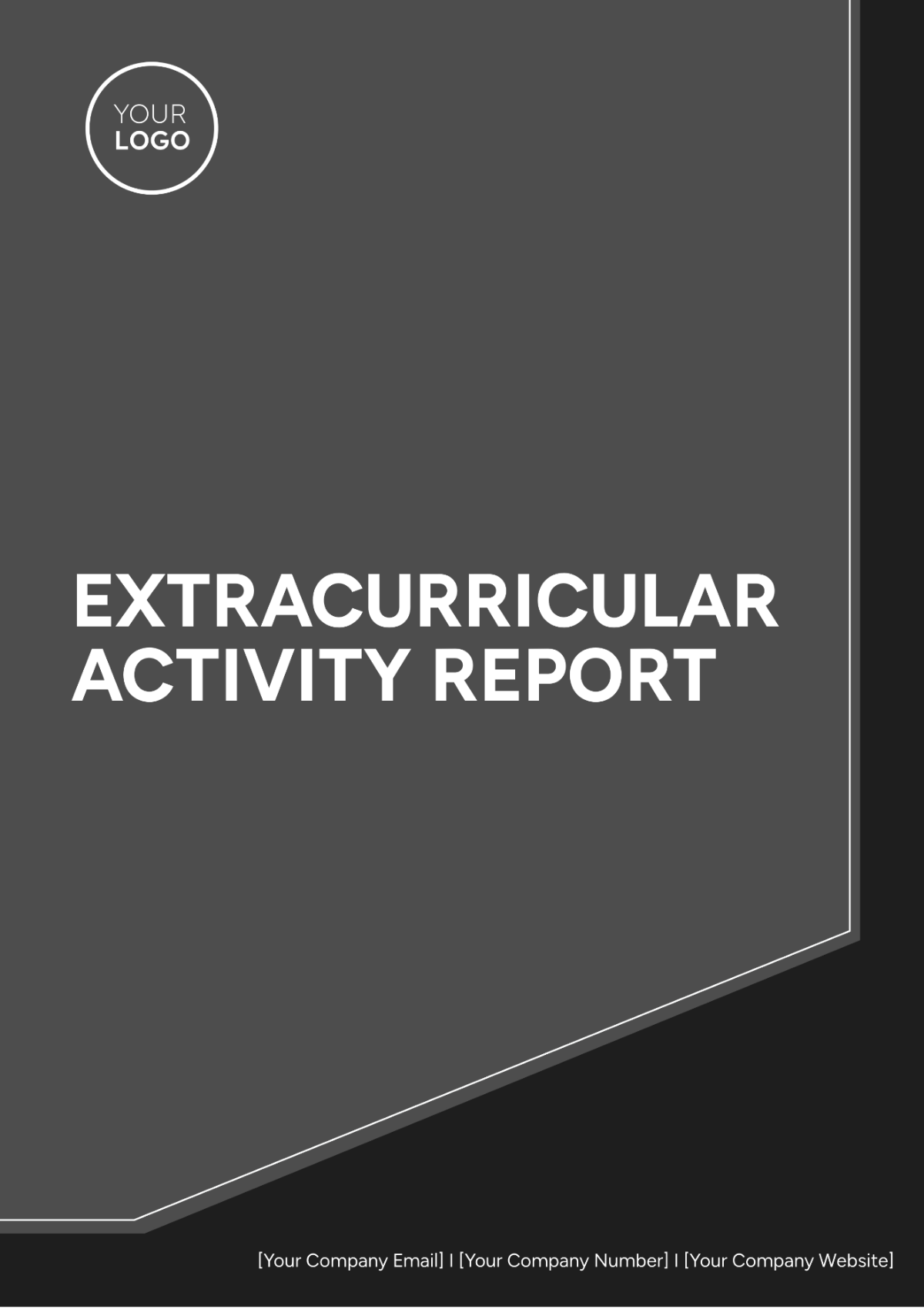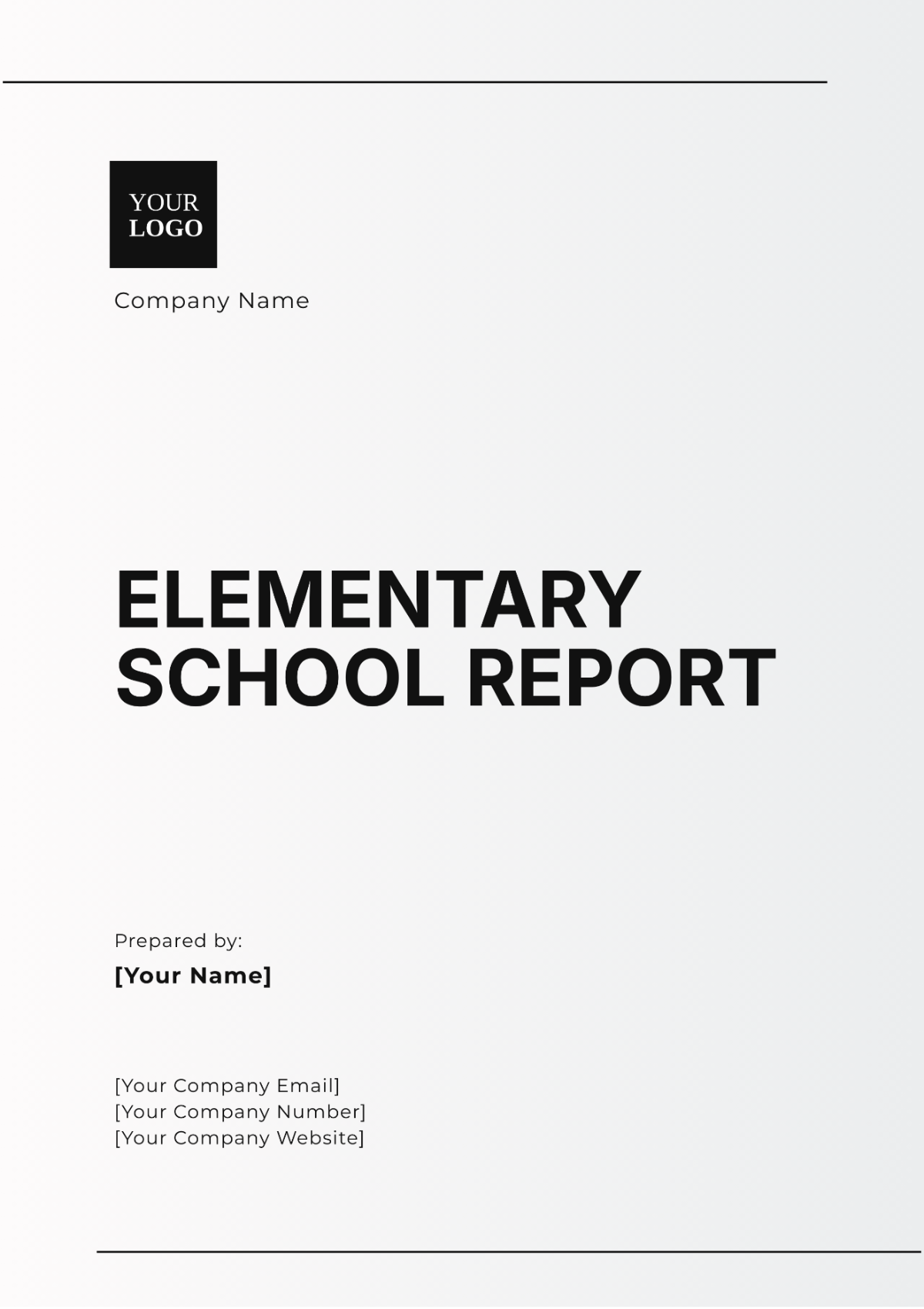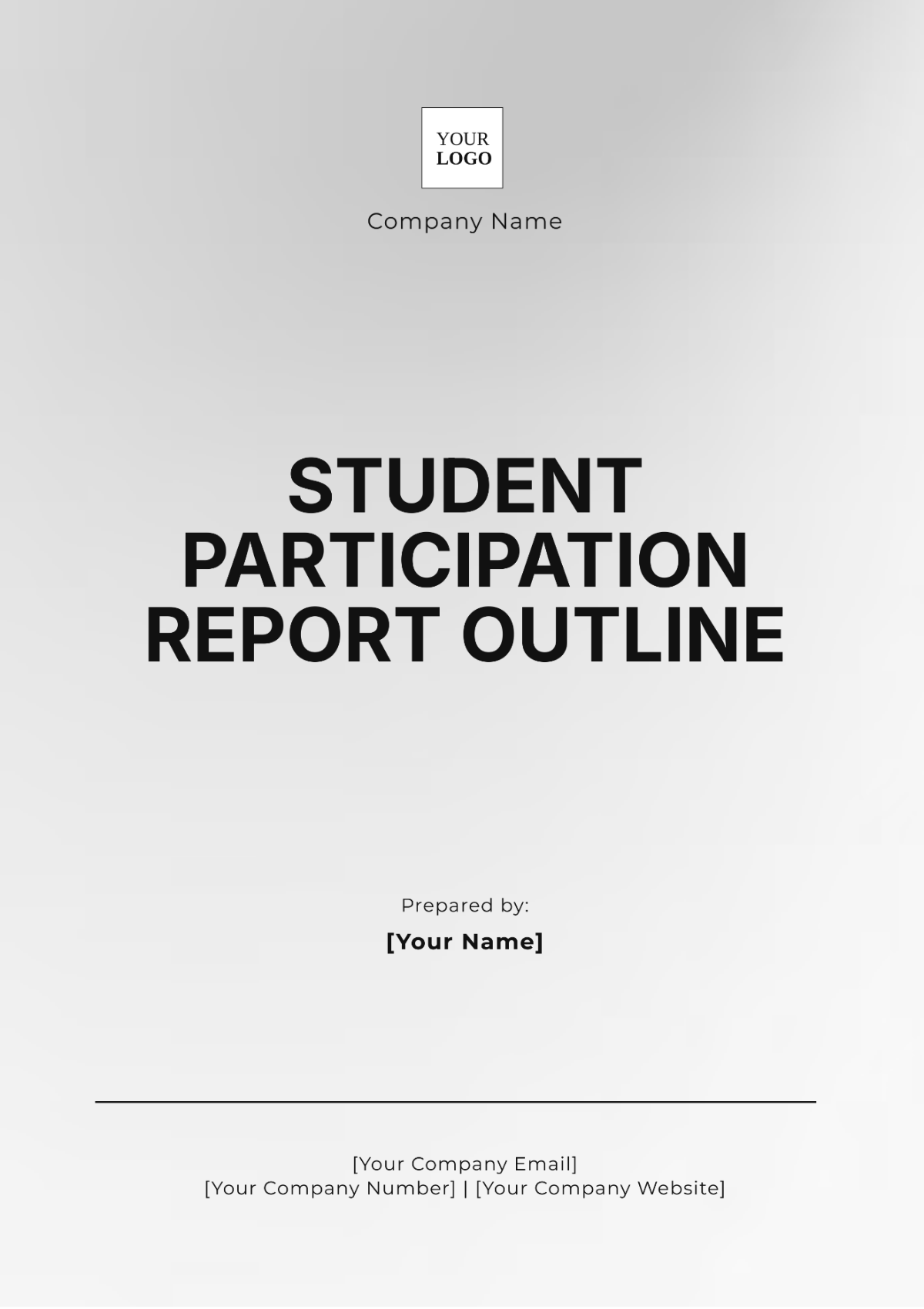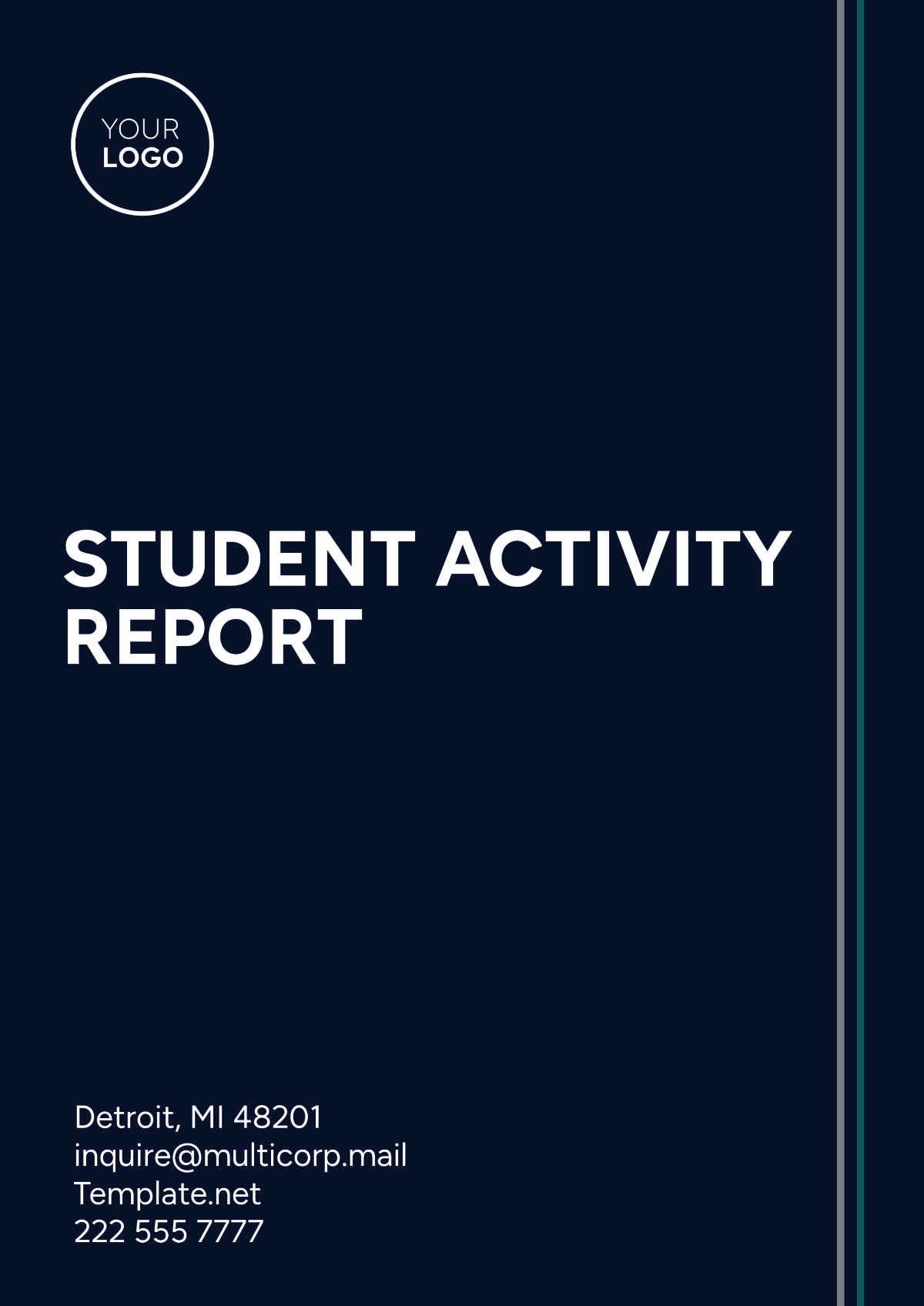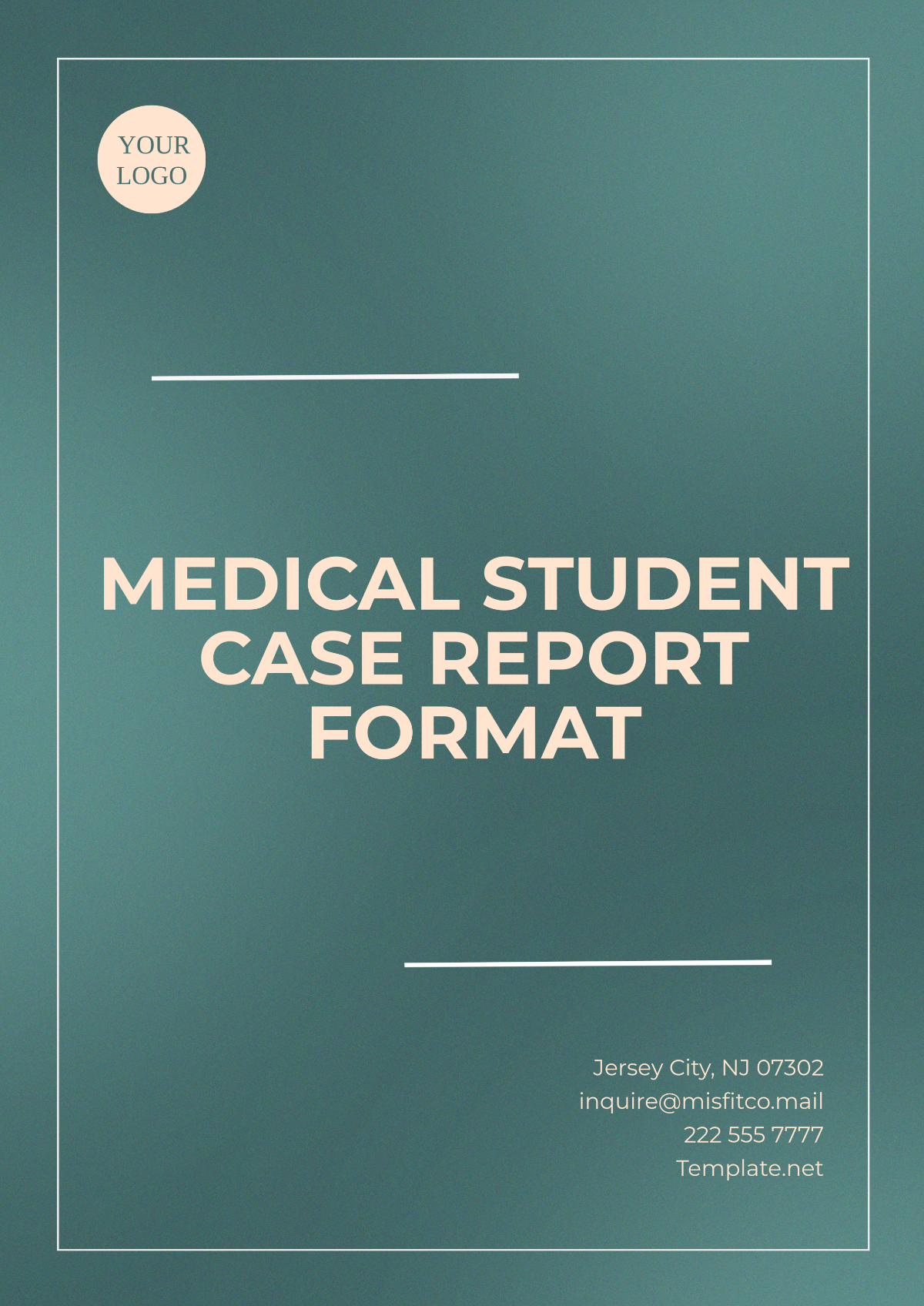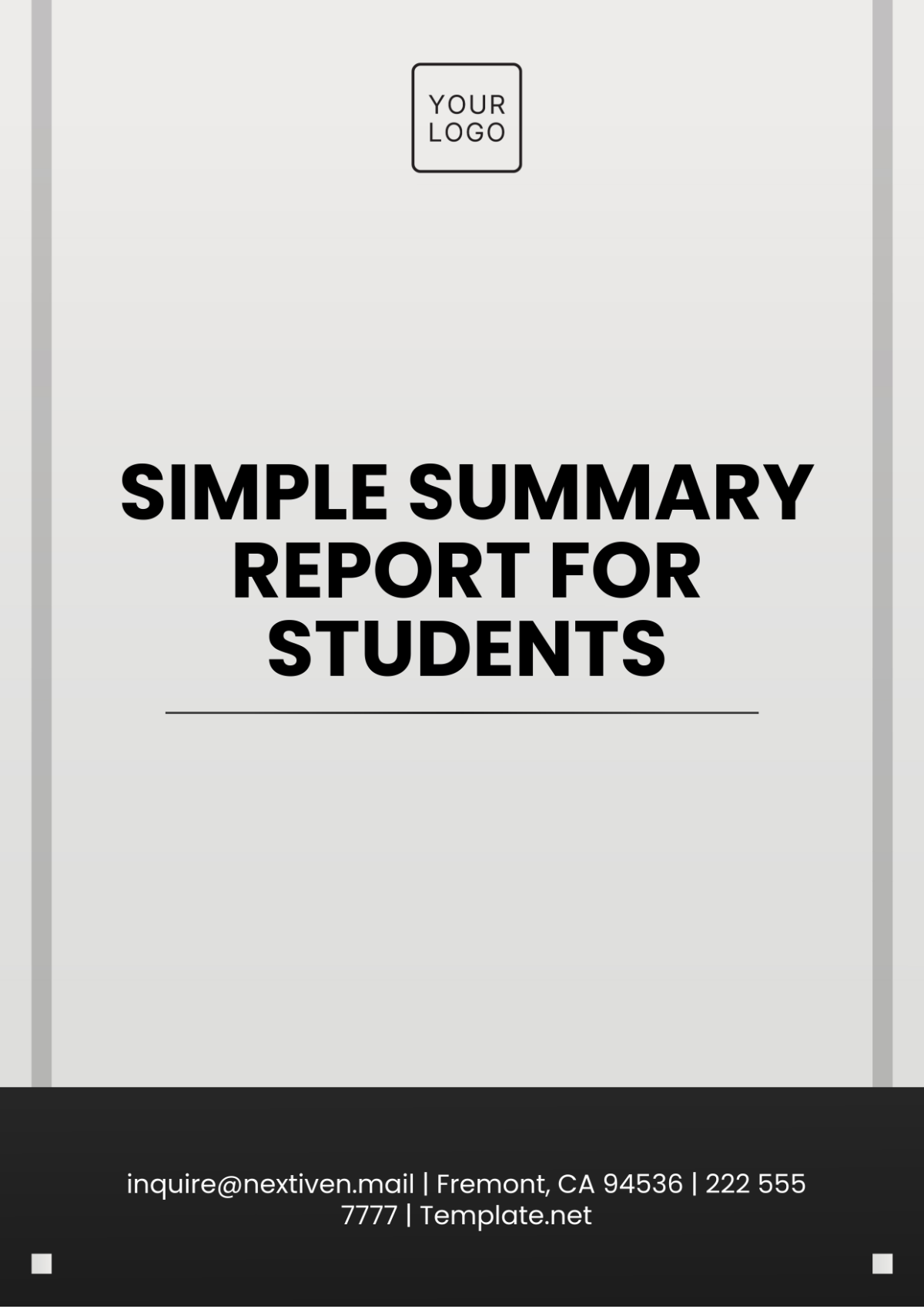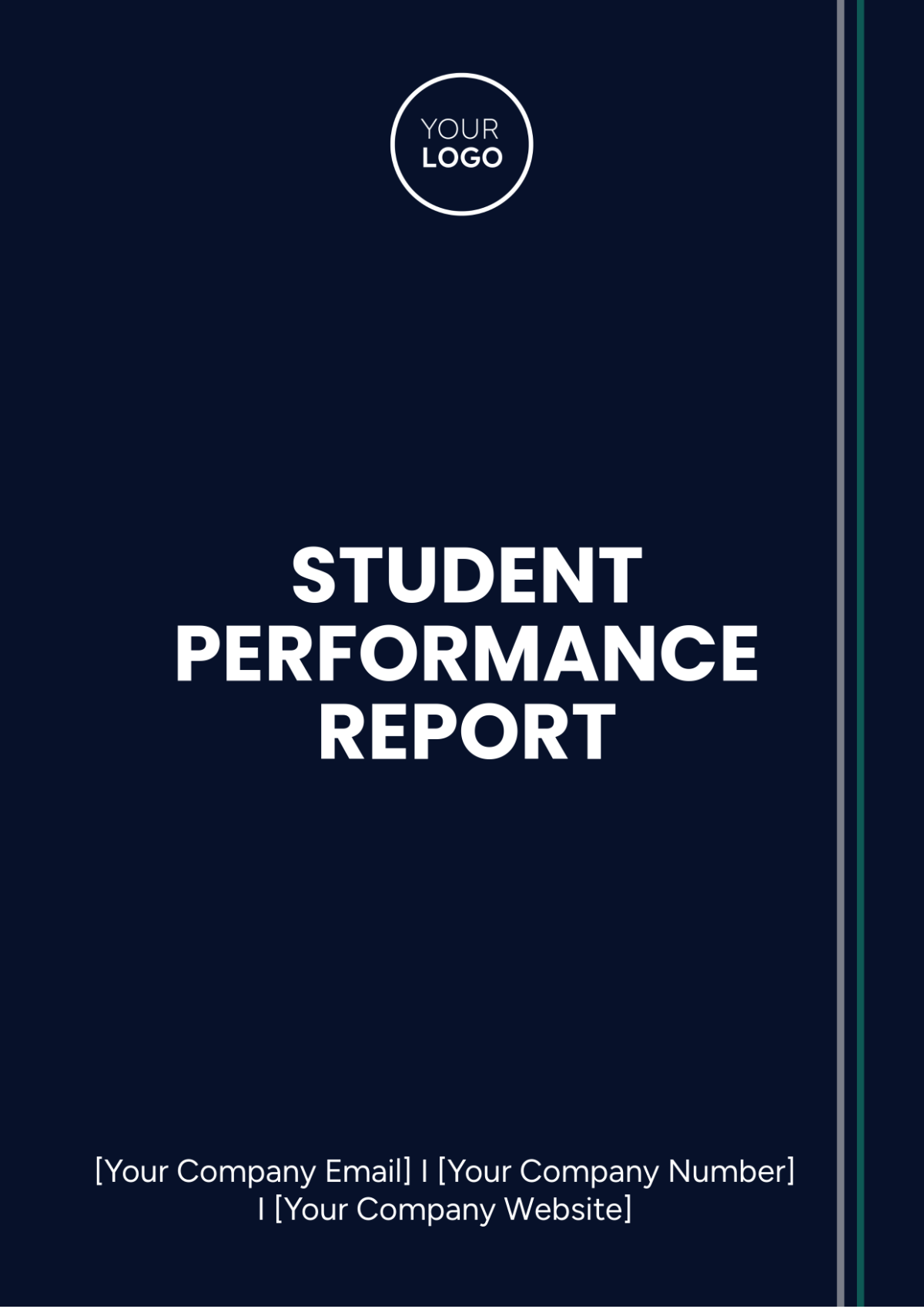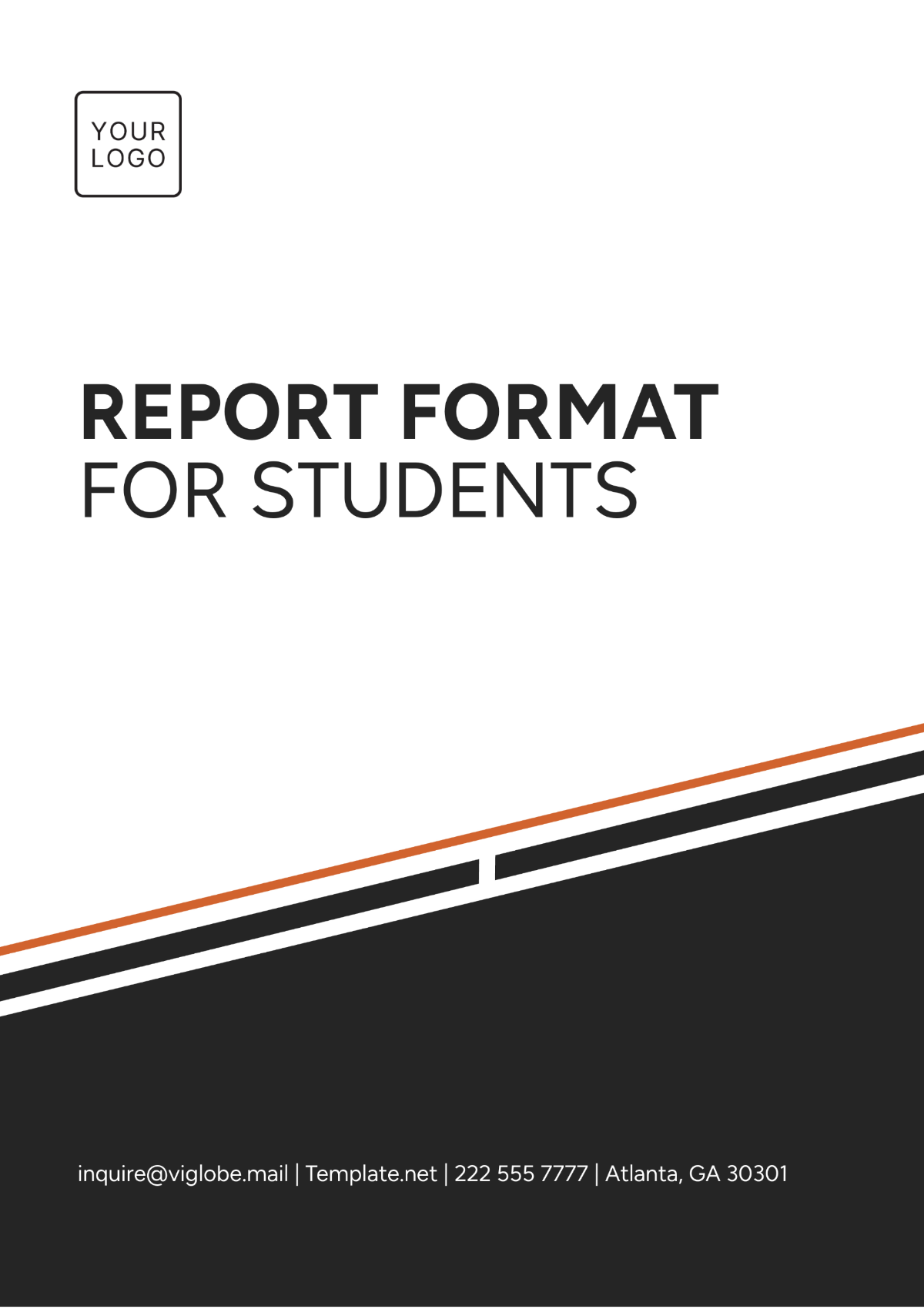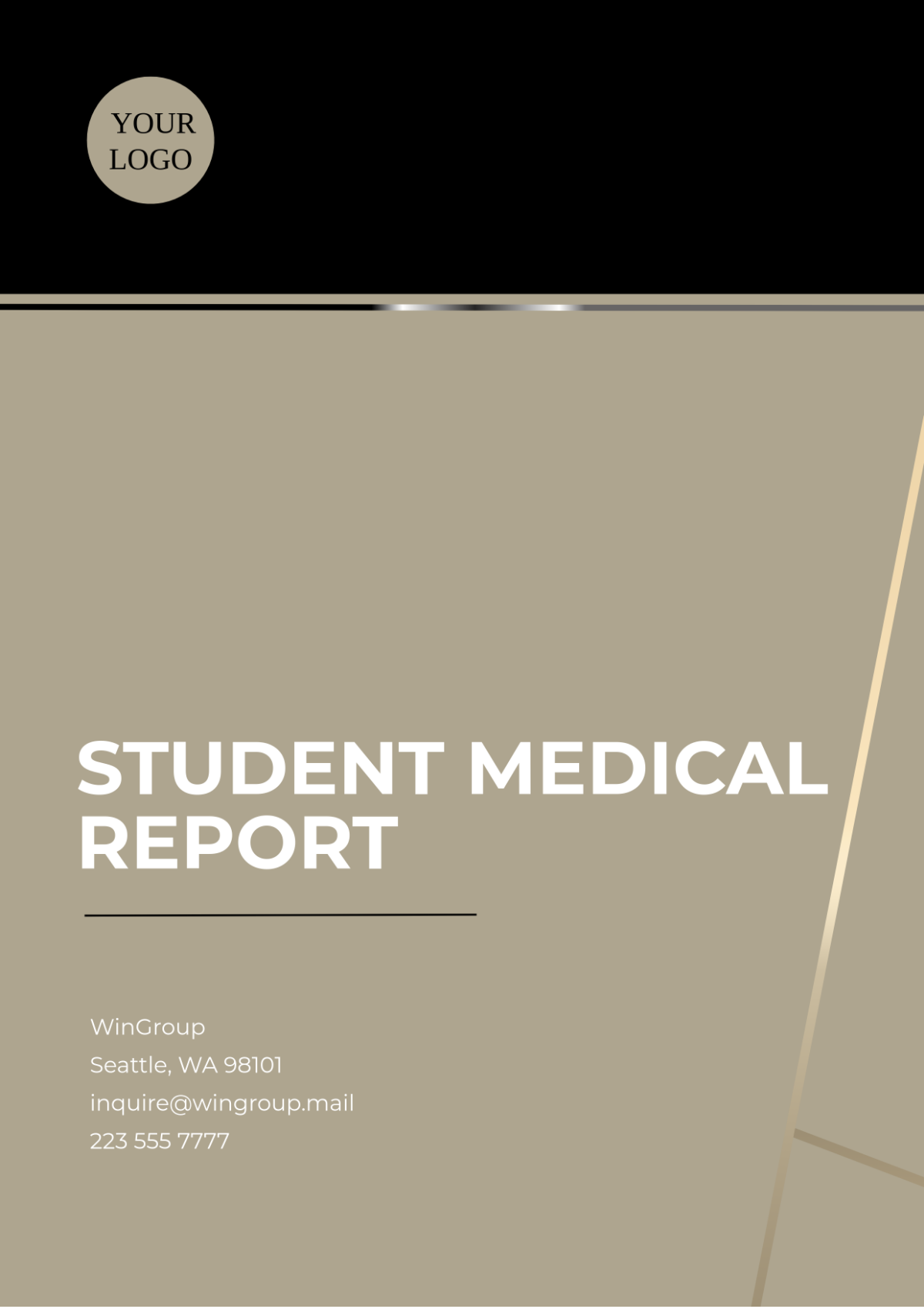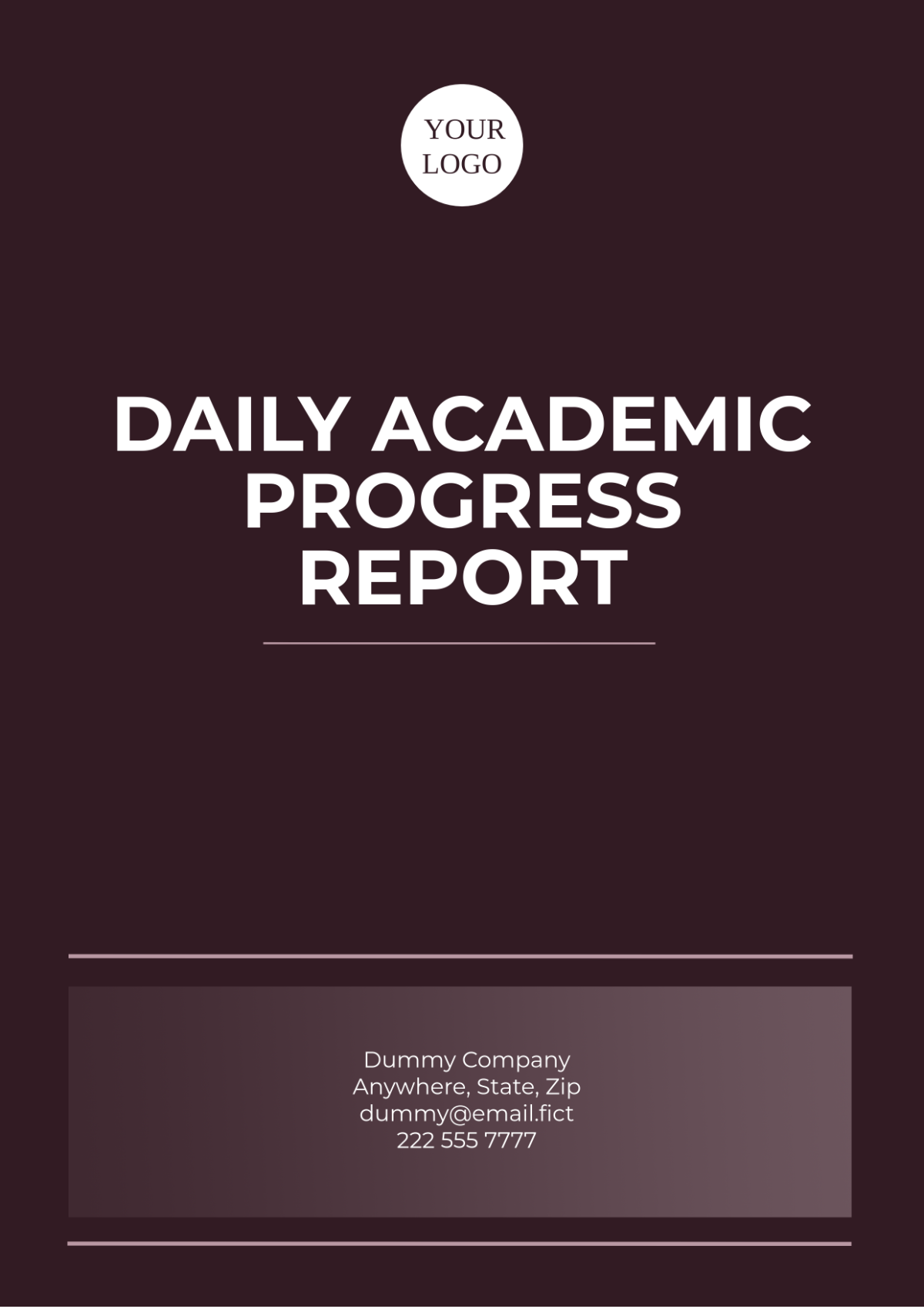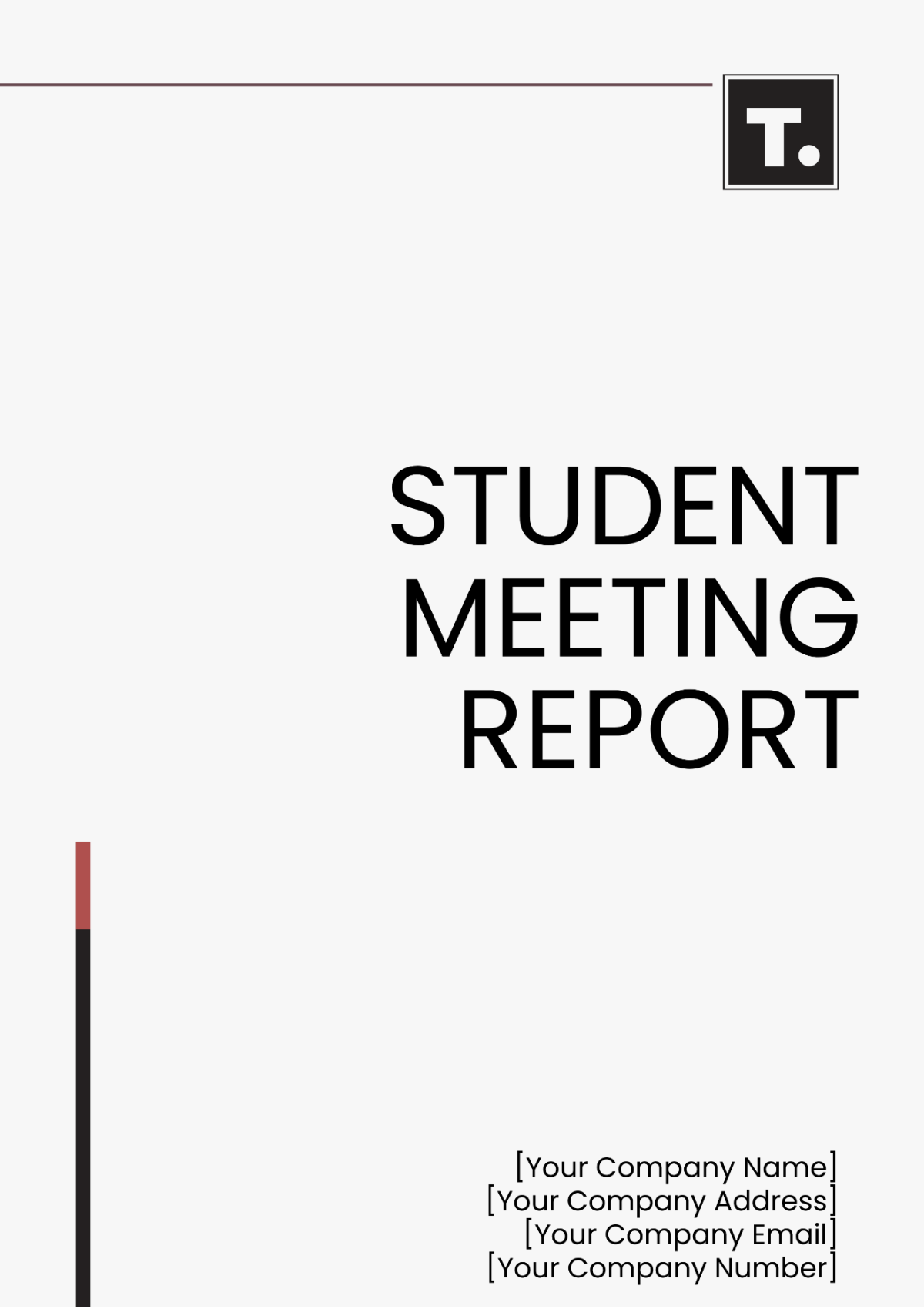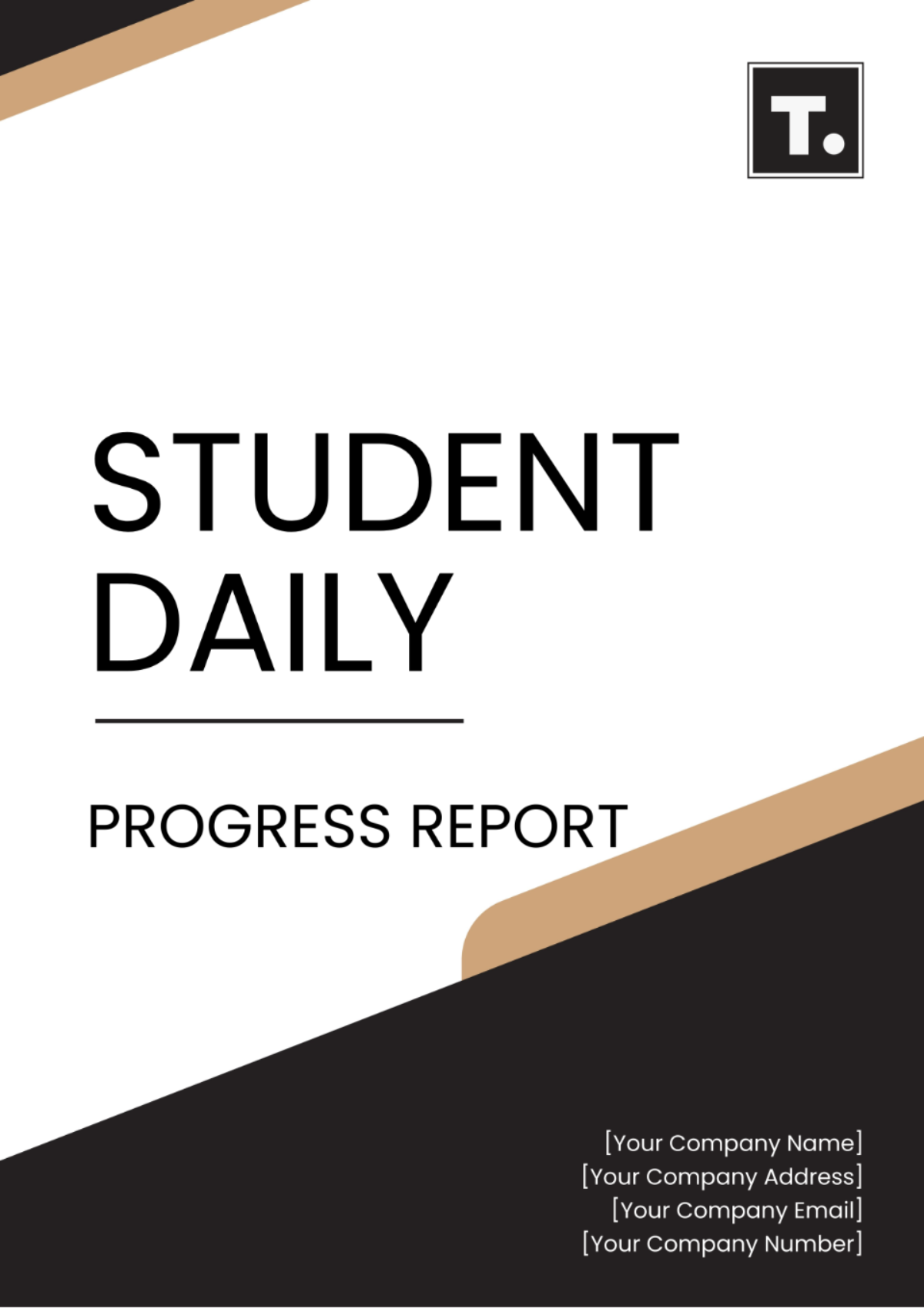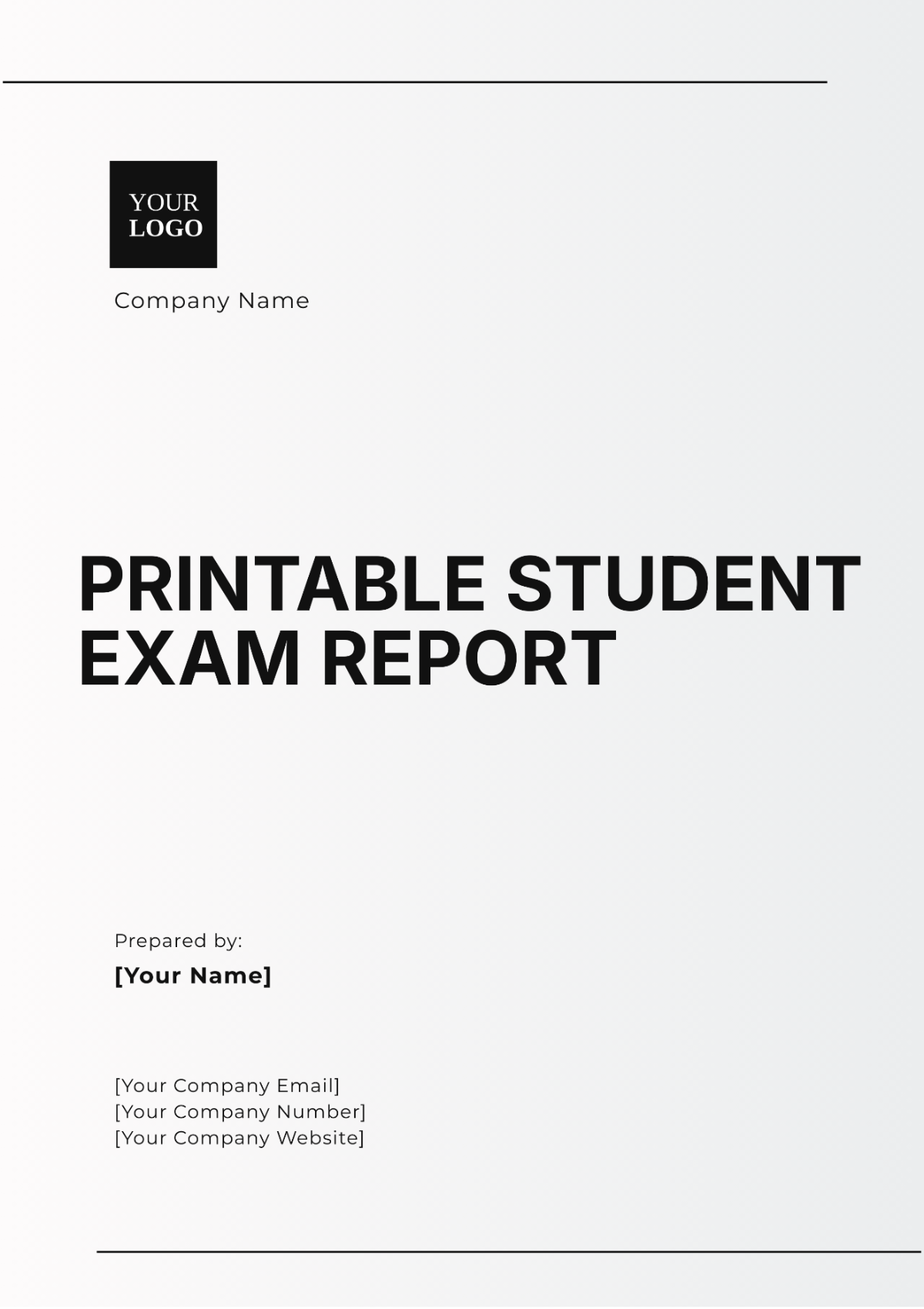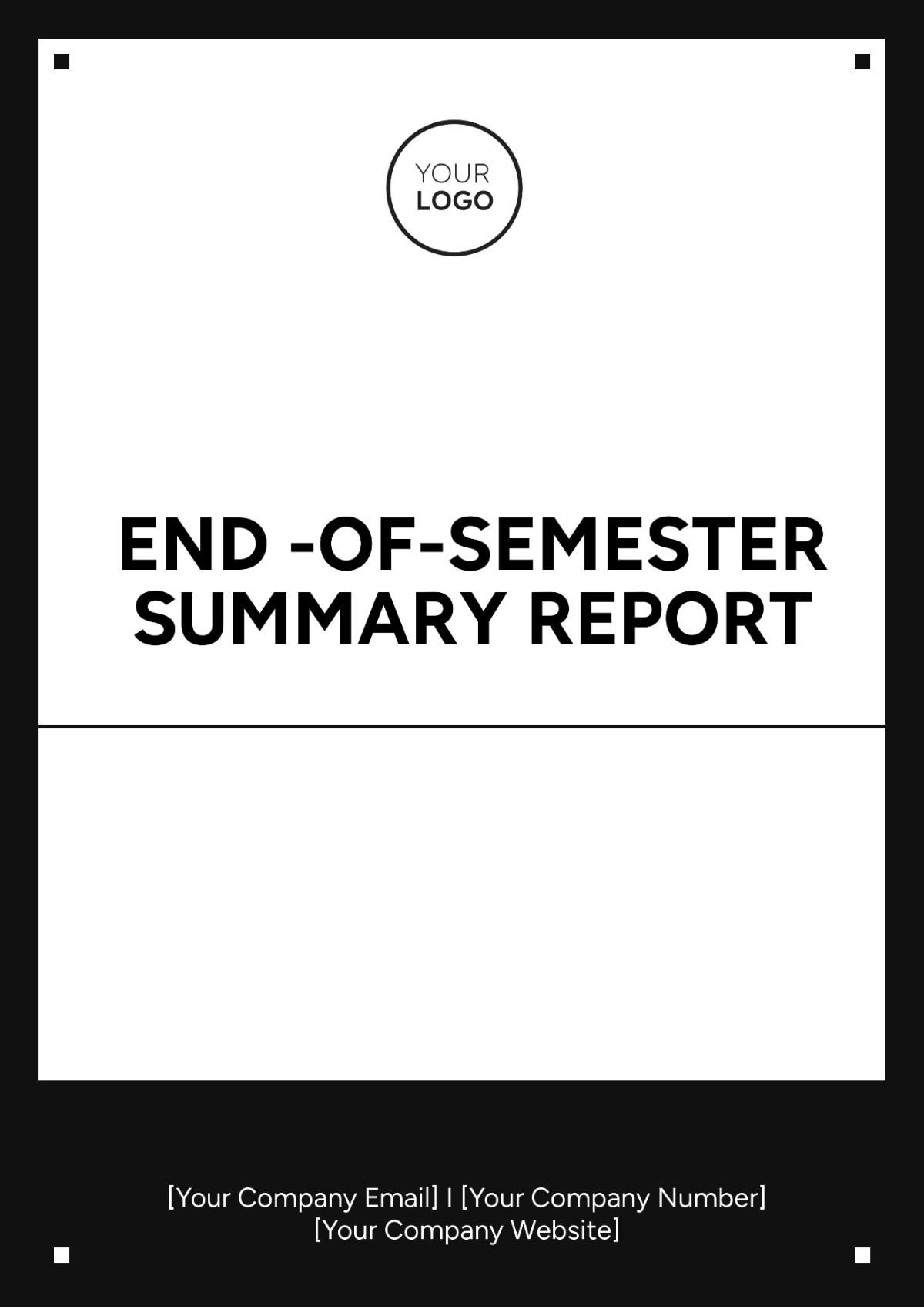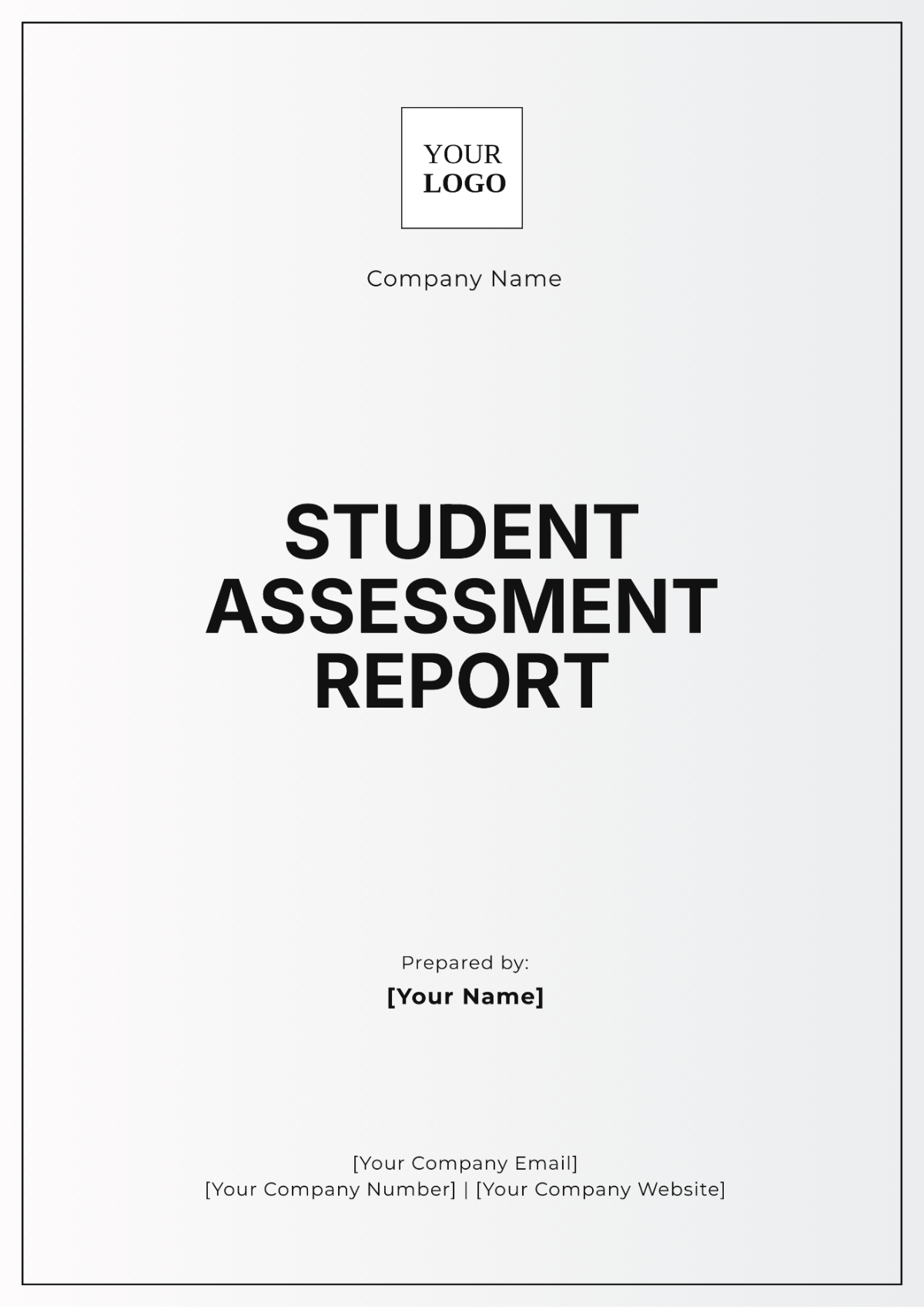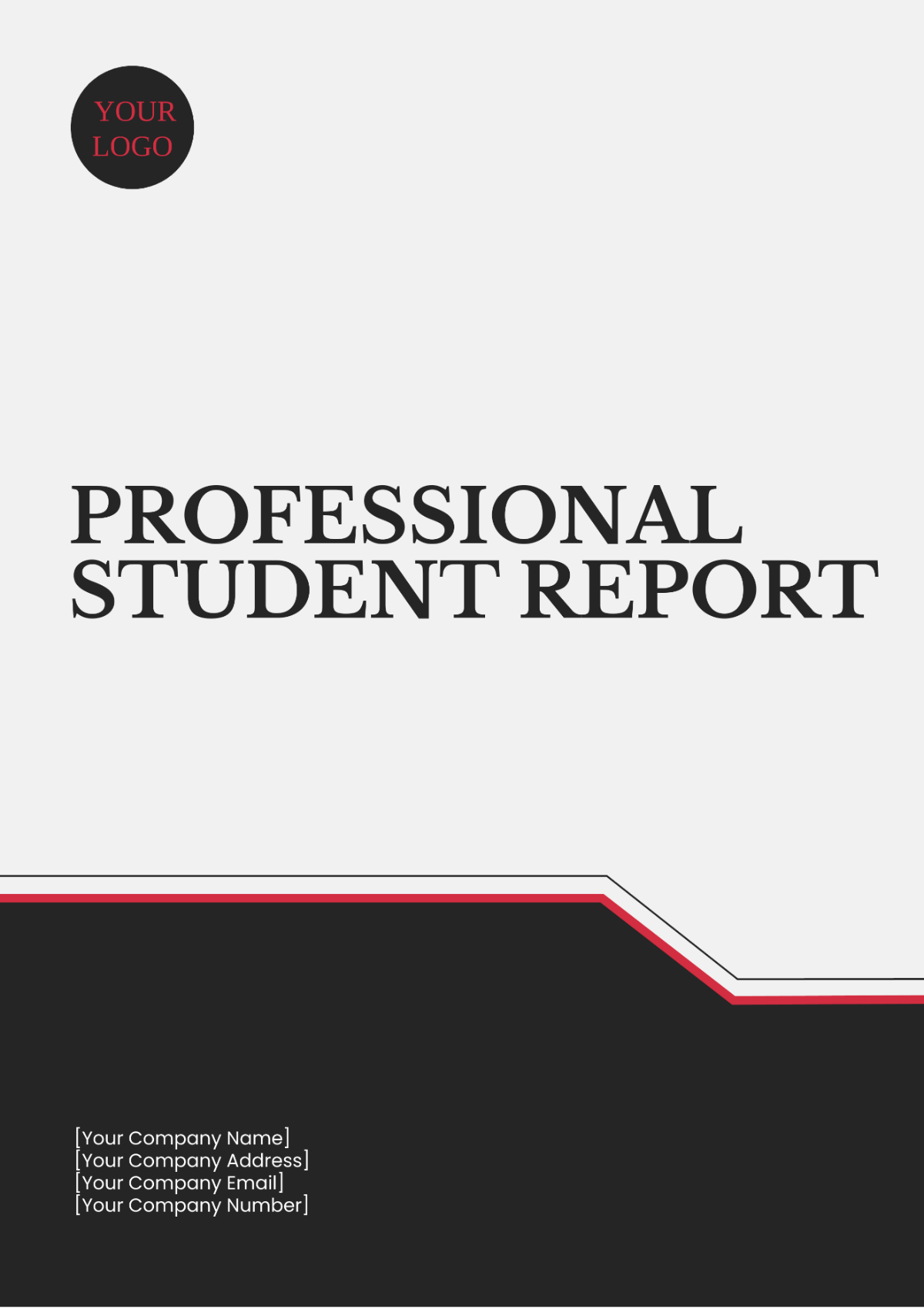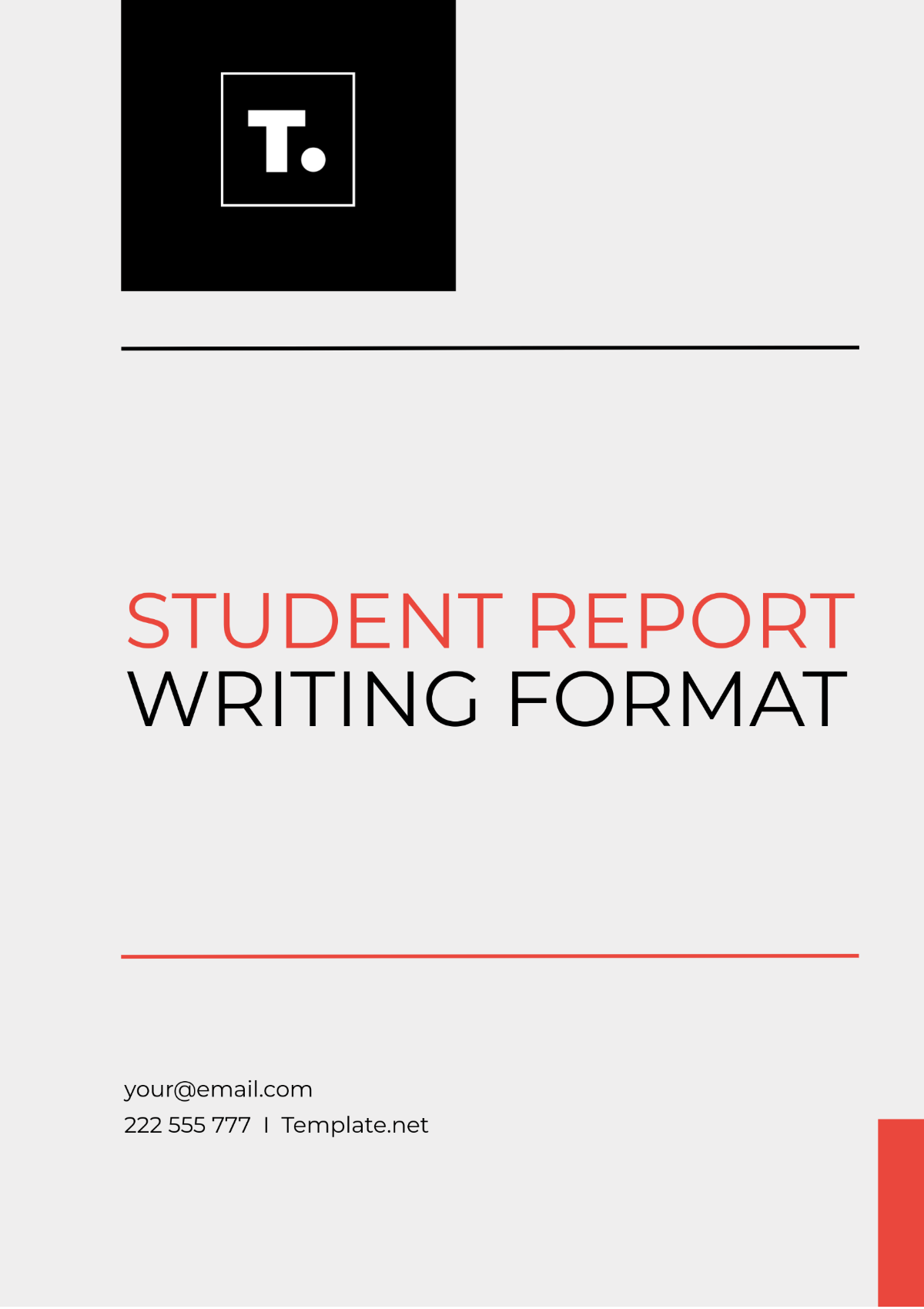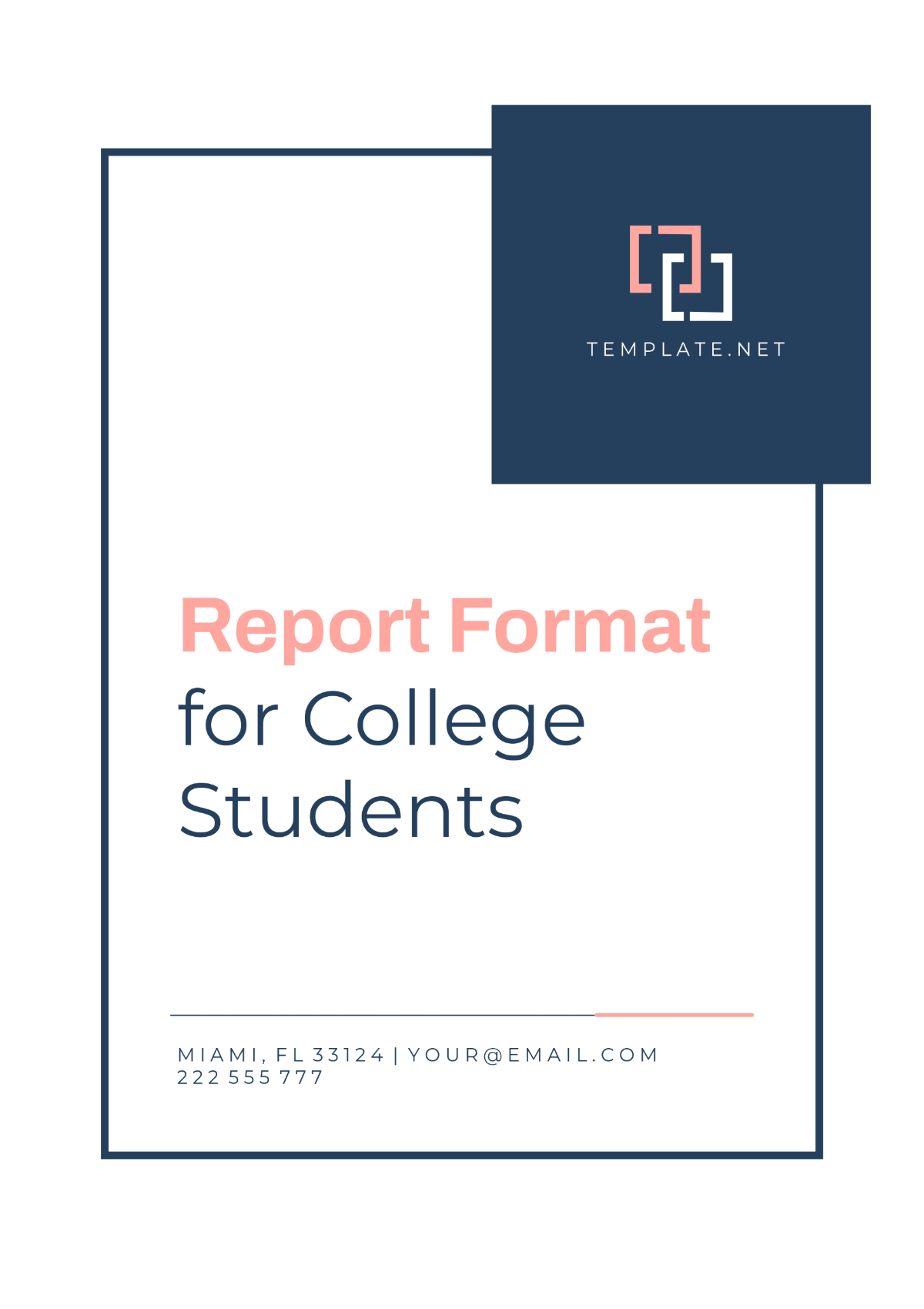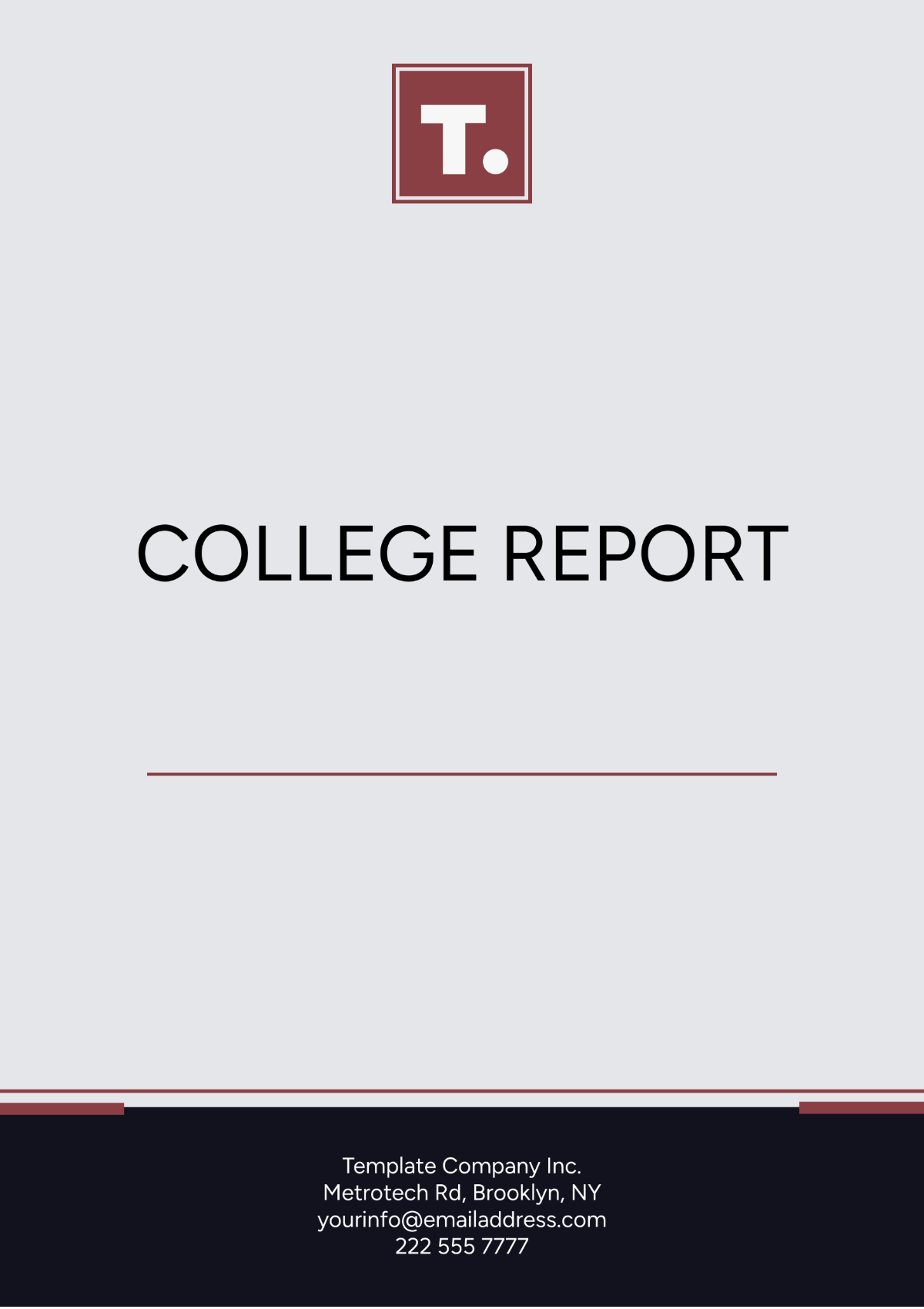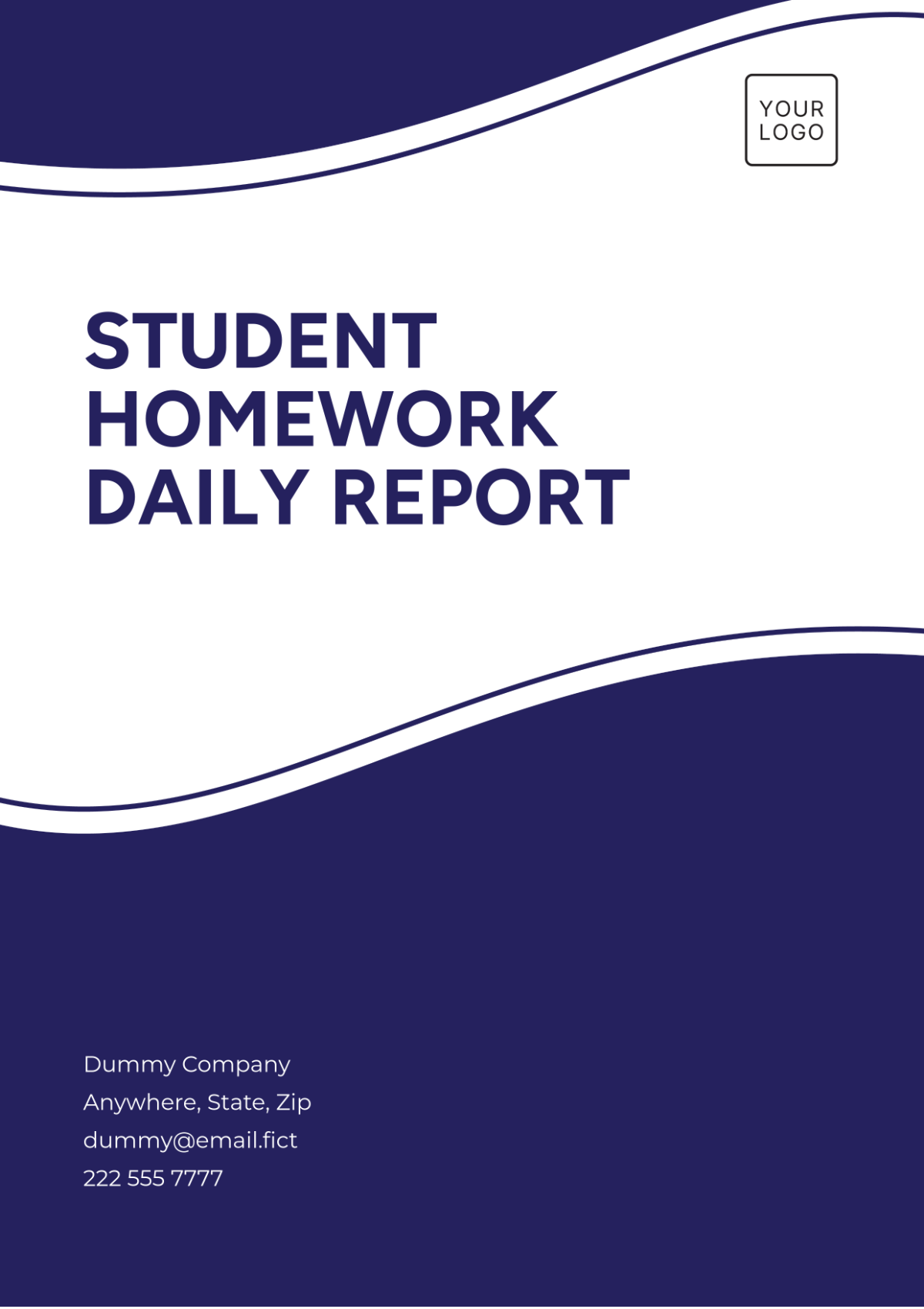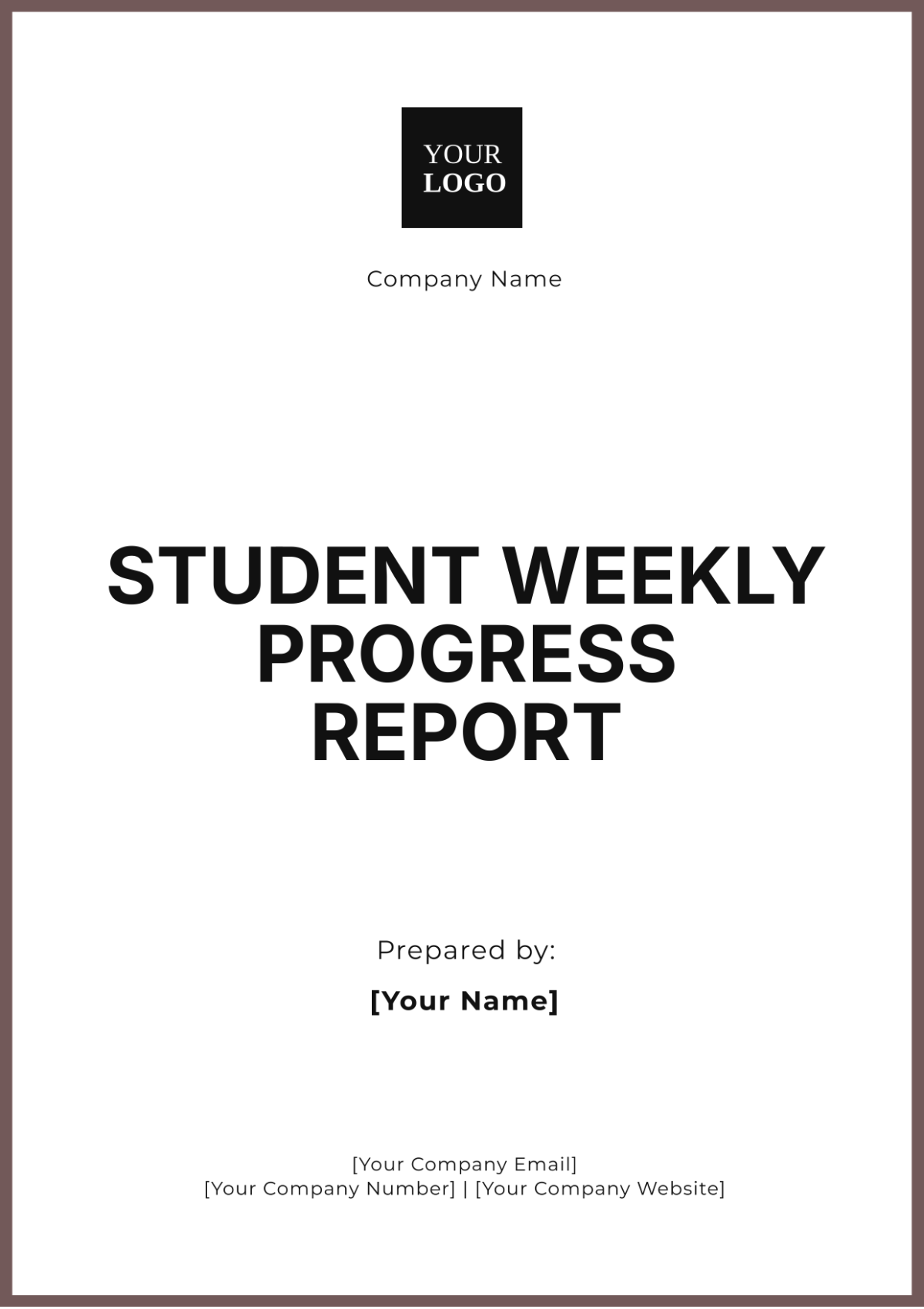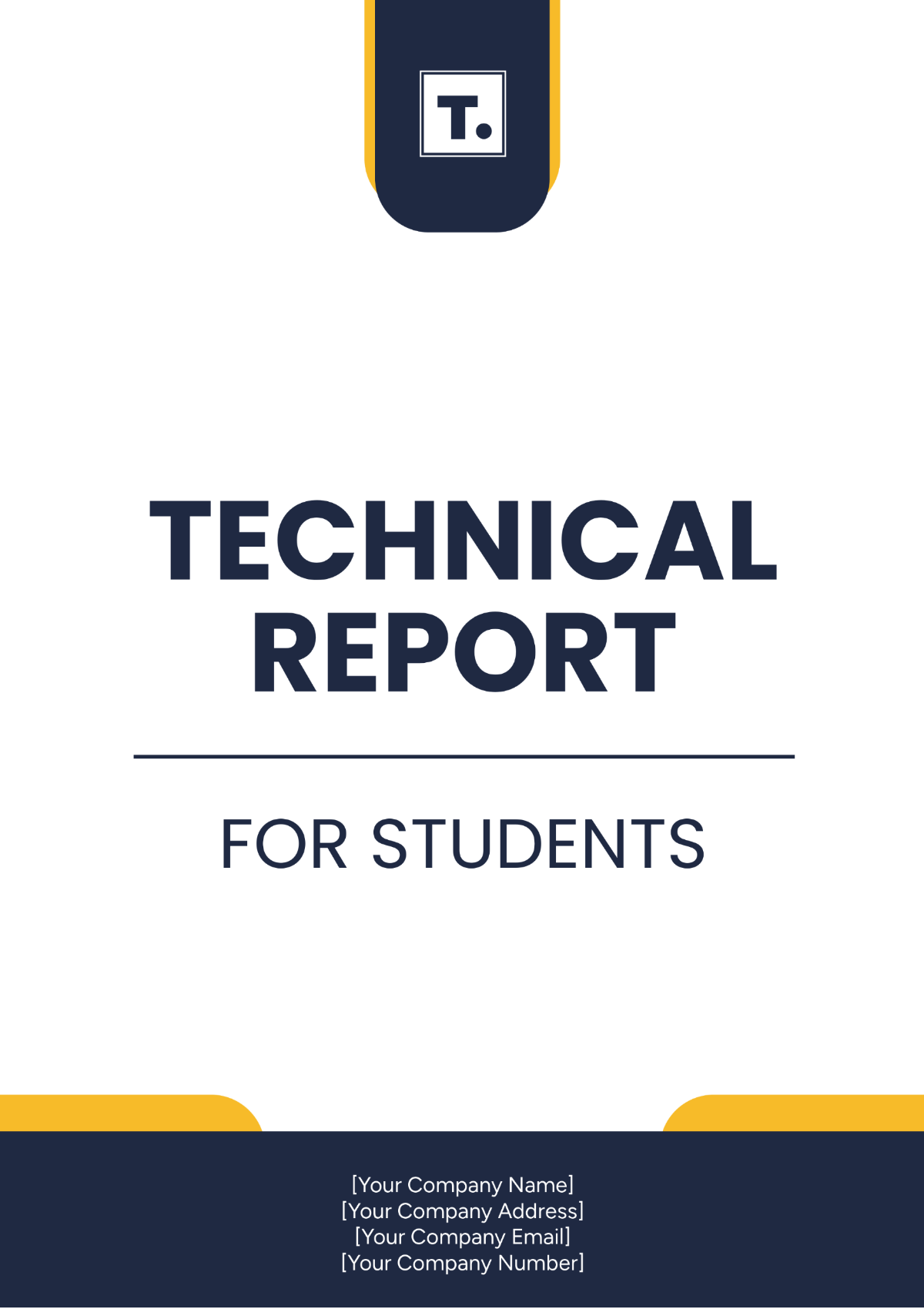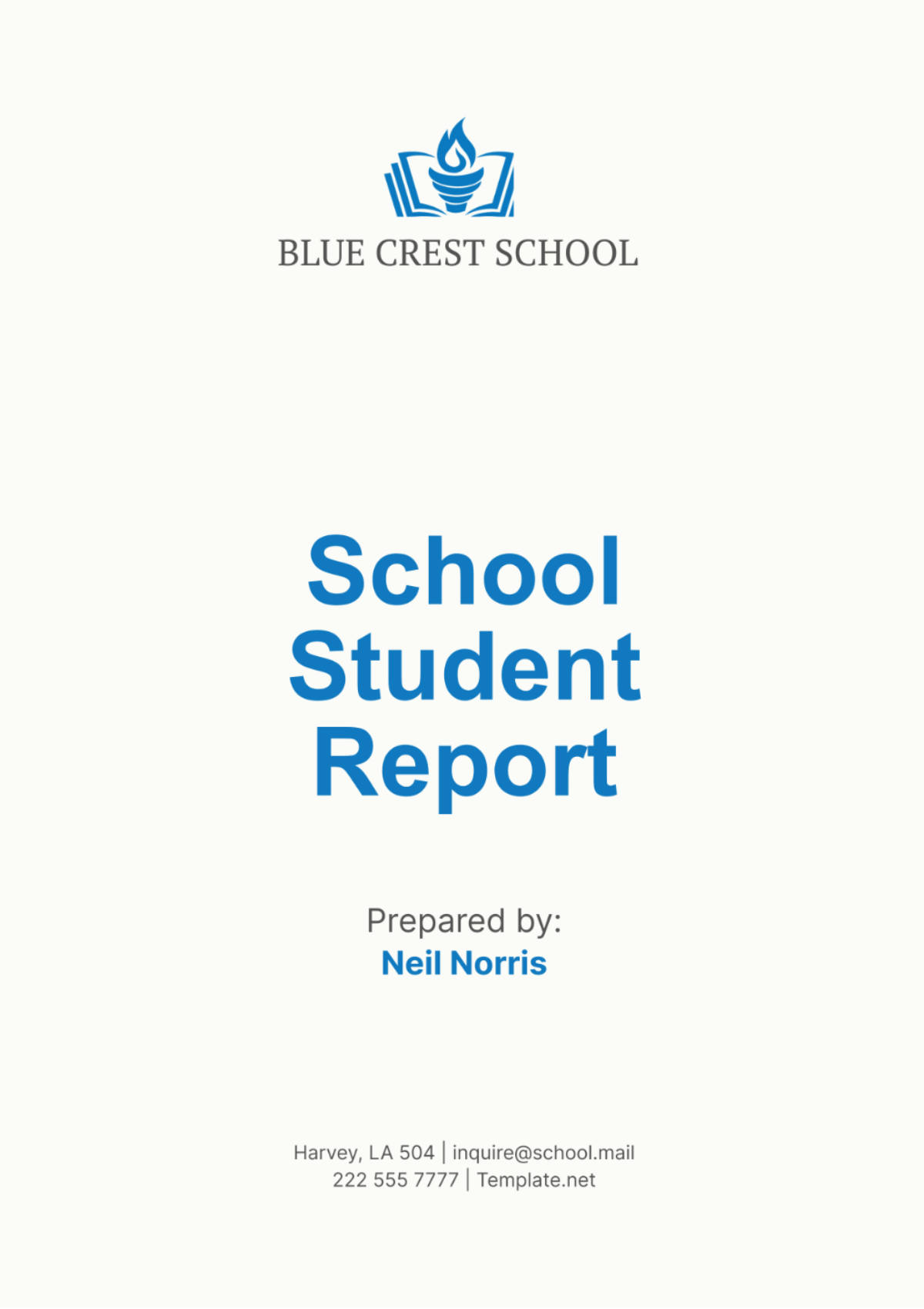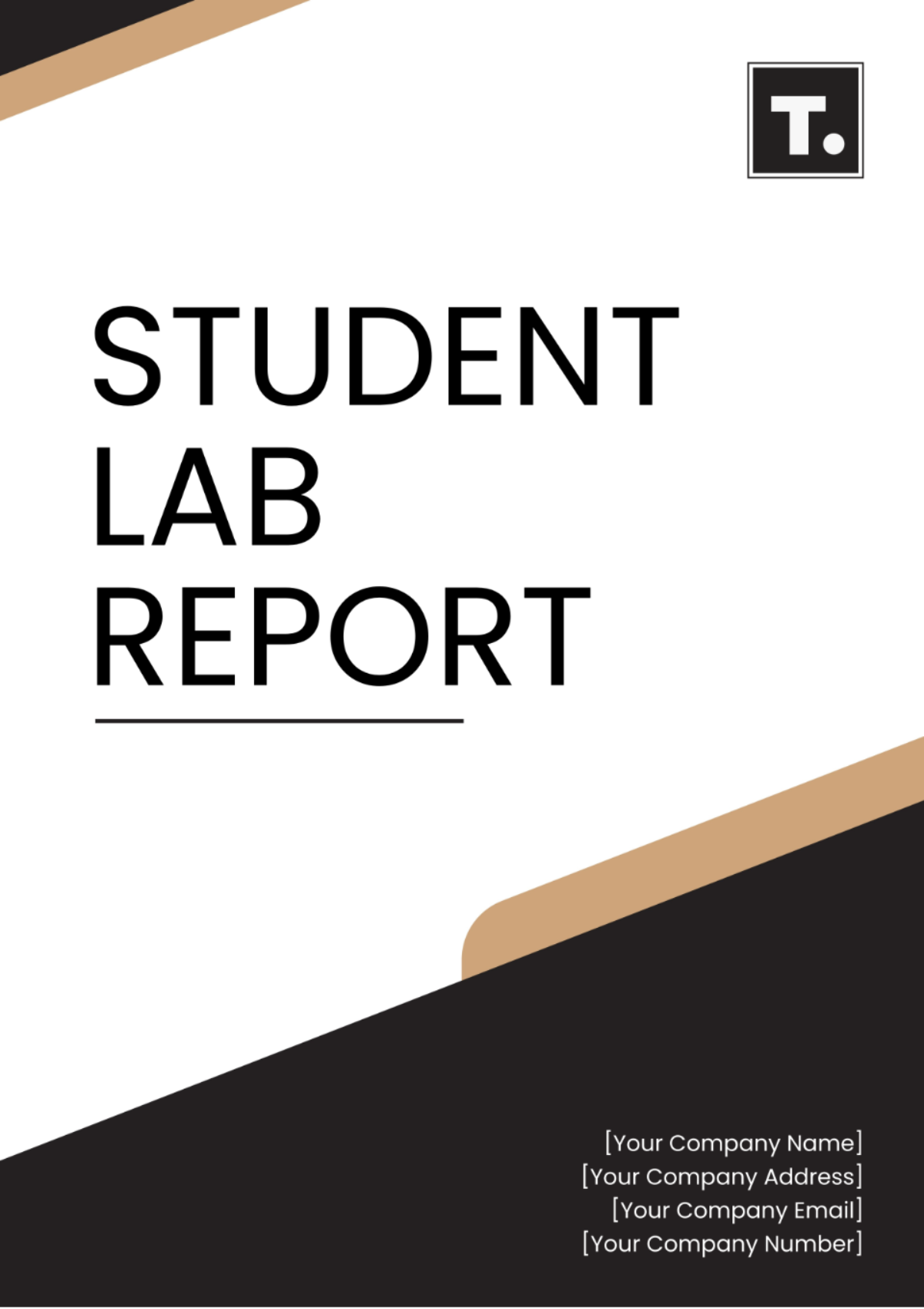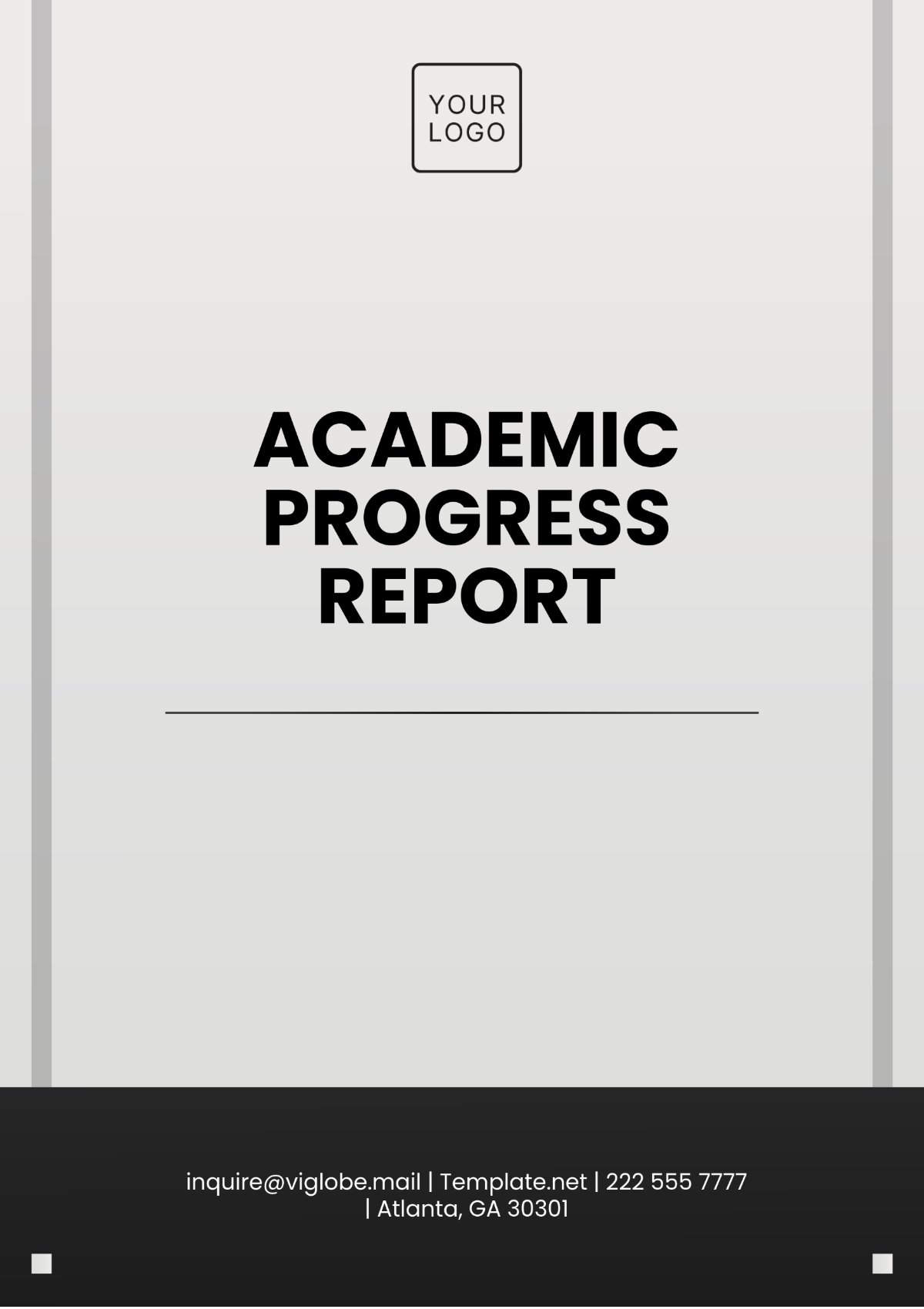Student Attendance Report
I. Overview
This report provides a comprehensive analysis of student attendance for the academic year 2052-2053. It aims to identify patterns, highlight areas of concern, and suggest improvements for better attendance rates.
II. Monthly Attendance Summary
1. January
The attendance data for January is critical for setting the tone for the second semester. Analysis reveals the following:
Number of school days: 22
Average daily attendance rate: 95.5%
Number of absentees: 120
Date | Attendance Rate |
|---|---|
2053-01-02 | 96% |
2053-01-03 | 94% |
2053-01-04 | 95% |
2. February
February is a shorter month but nevertheless significant in understanding mid-semester performance. Observations include:
Number of school days: 18
Average daily attendance rate: 94.3%
Number of absentees: 150
Date | Attendance Rate |
|---|---|
2053-02-01 | 93% |
2053-02-02 | 95% |
2053-02-03 | 94% |
III. Yearly Attendance Highlights
1. Highest Attendance Rate
Throughout the year, certain days achieved a significantly higher attendance rate. Key highlights include:
Date: 2053-03-15
Attendance Rate: 98%
Comments: Special school event led to high turnout
2. Lowest Attendance Rate
Conversely, some days saw a dip in attendance rates. It is important to understand the underlying causes:
Date: 2053-12-05
Attendance Rate: 85%
Comments: Widespread flu outbreak affected attendance
IV. Recommendations for Improvement
1. Early Interventions
Implementing early interventions can potentially improve attendance rates. Strategies include:
Regular health check-ups
Parent-teacher meetings focused on attendance
Incentive programs for consistent attendance
2. Enhanced Monitoring
Utilizing advanced tools for monitoring attendance can provide real-time data and insights:
Automated attendance tracking systems
Periodic data analysis reports
Customized alerts for absentees
